Matthew Murrie's Blog, page 9
July 14, 2021
What If a Pencil and Paper Is All You Need to Approximate the Future?
Get curious about innovative methodologies with Adolfo Espíritu as he applies his curiosities about conceiving the future in the second part of a series on approximating the future for the Corporation of Tomorrow.
What if humans started making predictions before computers, cars, electronics, rockets, and any other technological achievement that you can think of? The Greeks were fascinated with symmetries and geometry; and they already had methods to compute areas, volume, the radius of the Earth, the size of the Moon, etc. What if throughout human history, human curiosity has pushed our powers of prediction beyond our technology?
I consider that the big boom in predictions started with the rise of calculus, since this branch of math studies change and evolution. Next, the ideas of Leibniz and Newton started one of the most important languages of natural sciences (with algebra, of course), since natural sciences are about understanding how nature works; this powerful tool enabled physicists to describe natural phenomena using only paper, pens, empirical evidence, and their creativity.
For example, Newton’s ideas are the foundation of classical physics, which embodies all physics before Einstein and quantum mechanics and are still used in the industry. Calculus is the natural language of change, and through differential equations, which are dynamical laws that tell objects how to move or, more generally, how to change one variable respect to others, one can start making predictions of how the system is going to evolve. Laplace once said (Susskind, 2013):
We may regard the present state of the universe as the effects of its past and the cause of the future. An intellect which at certain moment would know all forces that set nature in motion, and all positions of all items of which nature is composed, if this intellect were also vast enough to submit these data into analysis, it would embrace in a single formula the movement of the greatest bodies of the universe and those of the tiniest atom; for such an intellect nothing would be uncertain and the future just like the past would be present before his eyes.
This phrase has profound implication, since it means that given the least amount of information (initial velocity and position) of all the objects of the universe, then nothing would be unknown at any time (unluckily, Quantum Mechanics doesn’t allow it); however, calculus has enabled us to make simple predictions as how much will I have to pay for three candies, which each cost $0.50 (in math terms, this means a change which is constant) to how I must design a rocket, computer, cellphone, car… you name it. And remember, what if Margaret Hamilton sent Apollo 11 using only paper and pencil!
Want to learn how physicists think about the world, i.e, how do they construct models? Check out ,The Theoretical Minimum. Want to learn more about Margaret’s achievement? Check out ,this video.
Want to learn how to construct a model? Stay tuned for the next entry.
We'll be exploring questions like these live with curious people from all over the world to connect and collaborate in building the Corporation of Tomorrow (along with the School of Tomorrow), today!
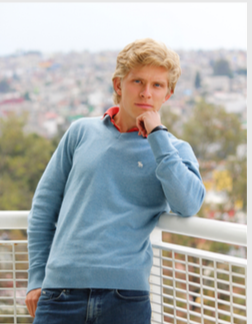
Adolfo Arana Espíritu Santo is a student at the Monterrey Institute of Technology & Higher Learning and loves getting curious about, Math, Physics, and Quantum Computers.
Want to stay curious? What if you feed your curiosity and the Corporation of Tomorrow!
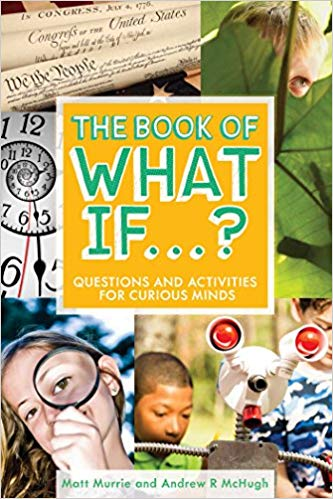
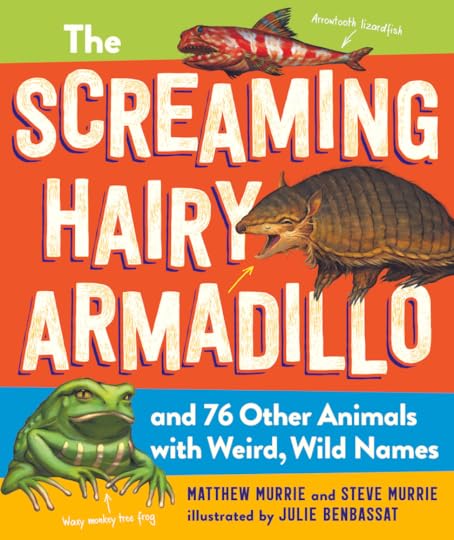
Thank you for your curiosity and stay curious with more Curiosity-Based Learning content and activities from What If Curiosity !
July 6, 2021
Why Should We Approximate the Future?
Get curious about innovative methodologies with ,Adolfo Espíritu as he applies his curiosities about conceiving the future in the first part of a series on approximating the future for the Corporation of Tomorrow.
Imagine that you are a foreseer, and you predict that a calamity is drawing near, and you know how to prevent it. Would you rather stand up and prevent it, or would you only watch how your surroundings collapse and become the only survivor? What would you do if you already knew how everyone is going to behave and react to certain messages? Would you always seek to implement the easiest, cheapest, and most sustainable solution to a problem?
Mathematics has established different abstract objects and methods that can be applied to represent our surroundings, whose main purpose is to describe its dynamics and make predictions about future behavior. That is modeling: the art of establishing a mathematical description of a situation that enables you to predict future behavior. More generally, a model enables you to capture the essences (relevant information) of your problem and represent it.
What if, through using this technique, we can become foreseers? However, it is important to mention that not all the models are 100% accurate because assumptions are made to approximate the solution, because it would be impossible to consider everything. Even though problems can be difficult to handle, models can give you enough accuracy to describe your situation, hence, the results are valid. There are models to models, with each having a balance between accuracy and complexity. Normally, more accuracy implies more complexity to the model, but a simple model can give the same needed results as a complex model.
For example, you do not need Einstein’s theory of relativity to describe the motion of particles when their speed is much smaller than the speed of light. By knowing how things are going to beh
ave in the future, one has the knowledge to make better decisions and solve problems, and it enables you to optimize or make a heuristic search for the best processes.
In a nutshell, modeling enables you to make educated guesses; it gives you an idea of how things work; it gives you a starting point for solving a problem.
Want to learn more about models? Check out this ,video from Dr. Richard Feymann as he explains quantum mechanics and states that even though models are not accurate, they give you a good idea of how a system works. I bet you already made models without perceiving it, but you have not gotten the most of it.
Stayed tuned for learning more about the power of modeling.
We'll be exploring questions like these live with curious people from all over the world to connect and collaborate in building the Corporation of Tomorrow (along with the School of Tomorrow), today!

Adolfo Arana Espíritu Santo is a student at the Monterrey Institute of Technology & Higher Learning and loves getting curious about, Math, Physics, and Quantum Computers.
Want to stay curious? What if you feed your curiosity and the Corporation of Tomorrow!


Thank you for your curiosity and stay curious with more Curiosity-Based Learning content and activities from What If Curiosity!
TVL. (2013). Richard Feynman - Quantum Mechanics. Youtube: USA. Recovered from: ,https://www.youtube.com/watch?v=BOLVuRgBh2M
June 30, 2021
What If You Teach Like a Meerkat?
What if, when it comes to meerkat education, it's how they teach as much as what they teach that matters!
What: Meerkats are masters at teaching their young killer skills, like how to eat a scorpion without getting stung!
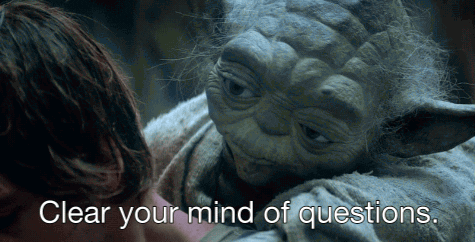
Who: It's not just the parental units who teach meerkat pups the ways of killing and eating scorpions; older meerkats share the responsibility of raising the skilled scorpion hunters of the future.
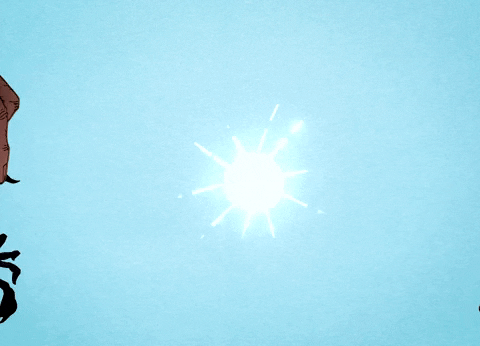
When: When a meerkat pup fails at the task of killing a scorpion, other meerkats will nudge the scorpion back in the pup's direction so it can keep developing by doing.
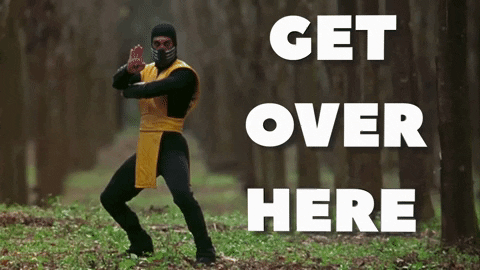
Where: Meerkats may have classes, but they don't learn in schools; and they learn by doing: meerkats learn how to safely kill and eat scorpions... with live scorpions!
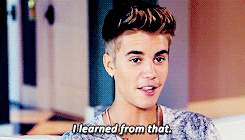
How: How can meerkat pups contend with poison packing scorpions? Older meerkats present the pups with scorpions whose stingers they've bitten off!
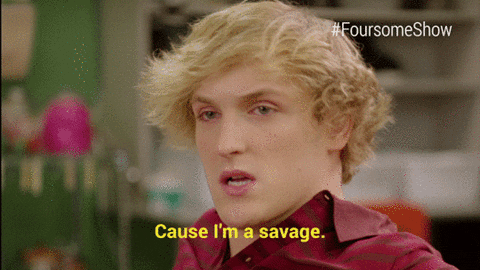
Why: Why is meerkat teaching so special (beyond demonstrating the physical ability to safely bite the stinger off of live scorpions)? According to scientists studying them, meerkats go beyond the mere, "learn by observing" or "sink or swim" approaches to preparing their young: meerkats actually "teach" their young.
*In defining"teaching," the scientists studying the meerkats used the following criteria: "that an individual modifies its behaviour only in the presence of a naive observer, that the 'teacher' gets no benefit from its actions and in fact may lose opportunities to forage itself, and that the 'student' learns more rapidly than it would have on its own." (",Meerkats teach their young to hunt")
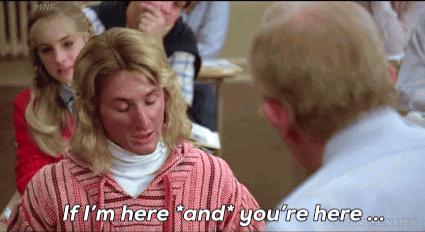
Huh?: Did you know meerkats are miniature mongooses? The same mongooses that famously eat cobras... what is it about these animals that made them adapt to master such difficult situations in order to survive?
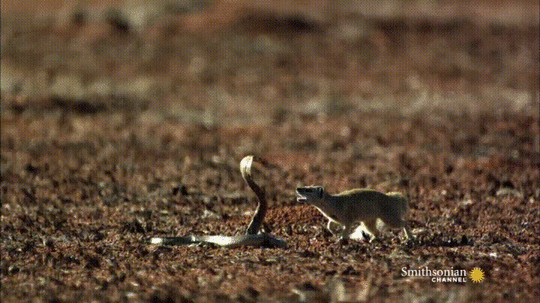
Wow!: Education is only one aspect of meerkat kinship and cooperation: meerkats also cooperate when hunting. While some of the community focuses purely on the hunt, others look to the skies so they can give out a cry at the sight of any bird of prey.
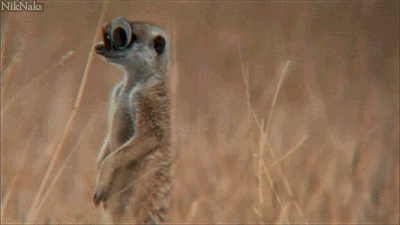
Bonus Question: How do meerkats use curiosity in how they teach and learn?
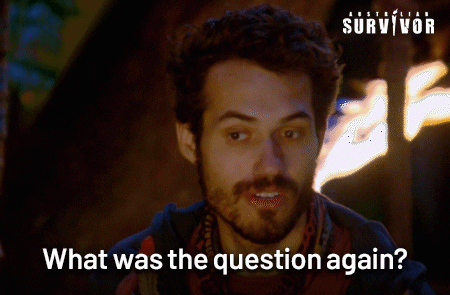
Thanks for getting curious about animal abilities and adaptations with the Butt-Breathing Turtle. Keep getting curious about animals with ,The Screaming Hairy Armadillo and its free ,Educator's Guide !

Thank you for your curiosity, stay curious, and let your curiosity lead your learning with more Curiosity-Based Learning content and activities from What If Curiosity!
June 29, 2021
What If These Lobsters Can Conga!
Caribbean Spiny lobsters have found a way to make the most out of their mass migrations by making what looks like conga lines as they march into the sea.
What: Caribbean spiny lobsters make one of the craziest migrations on the planet... and scientists are curious to know why!
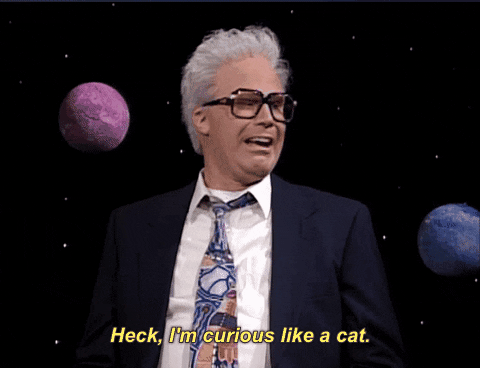
Who: It's not just nurse sharks and groupers who gobble up Caribbean spiny lobsters, humans love eating Caribbean spiny lobsters, too!

When: Scientists hypothesize that Caribbean spiny lobsters line up to start their conga line migration from shallow to deeper waters right after the first fall storm because the following fall storms will make the shallow waters too cold and turbulent for the Caribbean spiny lobsters to thrive.
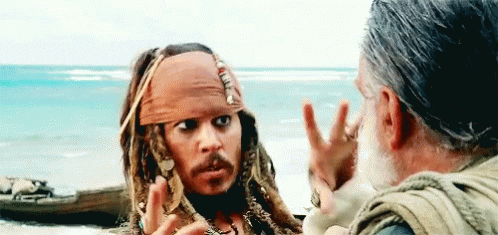
Where: Caribbean spiny lobsters live in mangrove swamps and coral reefs and conga across the Caribbean Sea, but also out into the Atlantic Ocean from North Carolina to Brazil.
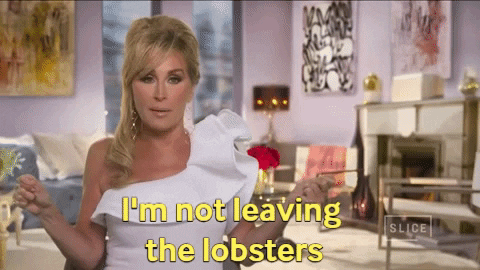
How: How many Caribbean spiny lobsters can form a single, conga-migration line? 65!

Why: There are at least two reasons Caribbean spiny lobsters form a conga line to migrate: 1) the single-file line reduces drag on the lobsters as they cut through the currents of the water which allows the lobsters to conserve energy during their migration and 2) the conga line creates a form of protection from predators looking for a single-serving of Caribbean spiny lobster. Can you think of any other advantages Caribbean spiny lobsters acquire from their adaptation?
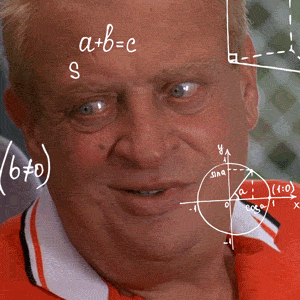
Huh?: The conga line isn't the only thing about the Caribbean spiny lobsters that can be confusing at first sight: the Caribbean spiny lobster is also a clawless lobster!
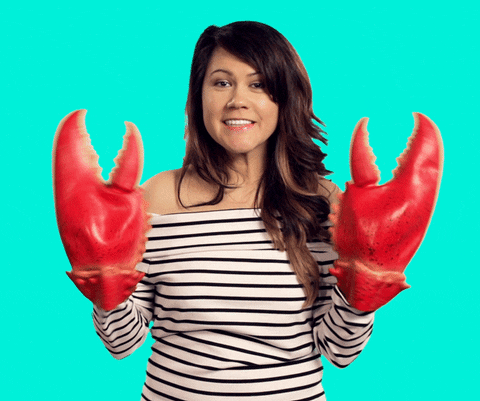
Wow!: While scientists think they know why Caribbean spiny lobsters migrate when they do, they still aren't 100% certain; pretty wild to think how much we still have to discover!

Thanks for getting curious about animal abilities and adaptations with the Butt-Breathing Turtle. Keep getting curious about animals with ,The Screaming Hairy Armadillo and it's free ,Educator's Guide !

Thank you for your curiosity, stay curious, and let your curiosity lead your learning with more Curiosity-Based Learning content and activities from What If Curiosity!
June 25, 2021
What If the Dusky Batfish Is a Superhero?
What if the dusky batfish hasn't just adapted a pretty sly way to survive, it's also saving parts of our planet!
What: The dusky batfish is a fish that uses batesian mimicry to fool predators into thinking they are are dangerous, poison worms instead of helpless, tasty fish.

Who: Dusky batfish can be prized pets for aquarium owners, but they can be finicky in captivity and help our planet a lot more swimming in their natural environment.
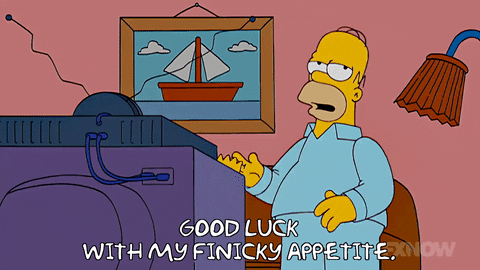
Where: Dusky batfish swim throughout the western Pacific Ocean, but it is the Great Barrier Reef, specifically where their super powers are getting put to work.

When: The dusky batfish use batesian mimicry only when they are young and black with bright orange striping.
[image error]How: Scientists studying the dusky batfish believe they could be the key to saving the Great Barrier Reef from the affects of overfishing because the dusky batfish eat up all the algae damaging the reef.
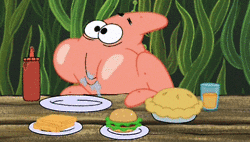
Why: Why do dusky batfish only use their batesian mimicry superpowers when they're young? Because as they grow bigger and stronger, they can fight off predators face-to-face.

Huh?: Have you ever pretended you were someone (or something!) you weren't in order to escape a situation? If you had the ability to use batesian mimicry, how would you use it?
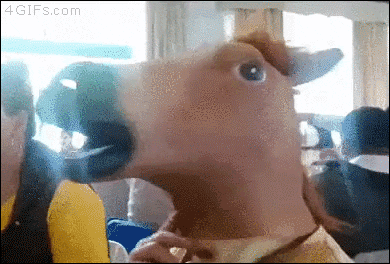
Wow!: You may wonder, why the "bat" in batfish? It all depends on when you're looking at a dusky batfish: not only do dusk batfish change colors as they age, they also transform their shape from what looks like a bat to... well, a fish.
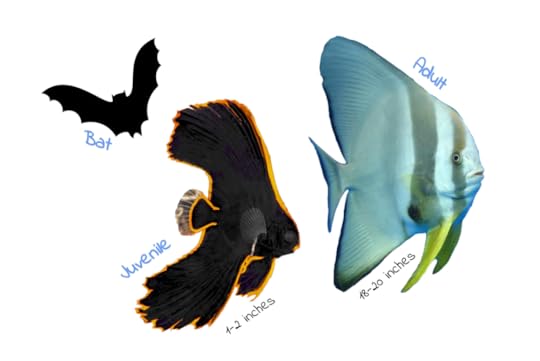
Image Credit: Mobilis Divers
Thanks for getting curious about animal abilities and adaptations with the Butt-Breathing Turtle. Keep getting curious about animals with ,The Screaming Hairy Armadillo and it's free ,Educator's Guide !

Thank you for your curiosity, stay curious, and let your curiosity lead your learning with more Curiosity-Based Learning content and activities from What If Curiosity!
June 21, 2021
How Can We Use Questioning to Create Methodologies That Solve Any Problem?
Get curious about innovative methodologies with Adolfo Espíritu as he applies his curiosities about methodologies in the third part in a series on methodologies, curiosity, and more for the Corporation of Tomorrow.
The Socrative method is a teaching technique invented by Socrates; its focus is to produce knowledge through questions. He said that he only knew that he does not know anything, which can mean a couple of things: he realized that knowing more let him realize that there was more to be known, so he became aware of his ignorance, or he understood his not knowing was the main driver for making questions, which provoked deeper thinking, to reconsider assumptions, resulting in new insights that produced better knowledge.
What if this same technique can be used for developing approaches and improving critical thinking because it can establish hypothetical but possible scenarios which need to be solved?
Questions can open any door and explore any possible outcome, and so by describing it one can generalize it and propose a systematic approach to solve the problem.
For tackling a challenge, the very first step is to understand the problem: Why does this problem exist?
By starting to do research, it is important to stop knowing and doing, and just absorb information regarding the context. Then, you need to challenge your suppositions and gather evidence to prove whether your guesses are right or wrong. Next, once you have a good understanding of the problem, you can start developing a solution to it.
Questions help you have a first guess of where to look for a solution to your problem.
A simple question as how to (your problem)? gives you an idea of how others have approached the problem (if you cannot understand the solution it is because you need to either recheck your understanding of the problem or go deeper into the properties of the chosen methodology).
In this step of choosing the approach is where questioning can help us to develop new approaches. For example, by understanding the essence of the problem, using questions can help you to generalize and aim to solve it (this approach is used in the TRIZ methodology). By doing that, a reliable method is created that solve your problem and similar ones. To conclude, systematic approaches are born by making the right questions about the problem, and we aim to have these because we can solve a variety of problems with the same solution.
Finally, there is another approach which helps you solve problems better, which is the systemic approach. What has been described here is the systematic approach, which can be understood as a logical sequence of steps to be done to solve your problem, but by combining these two, the quality of your solution can improve significantly. For more information check the references.
I hope that I convinced you during my six entries of the importance of questioning and as a mean to solve any problem. With this approach, I seek to answer Matt’s question in the next entry What if curiosity can help you approximate the future? Stay tuned for the series of answers.
For further reference check:
E. Wilberding. (2021). This tool will help improve your critical thinking - Erick Wilberding. USA: TED-Ed. [Online]. Recovered from: ,https://www.youtube.com/watch?v=vNDYUlxNIAA Southwest Center for Microsystems Education (SCME). (2013). A Systematic Approach to Problem Solving Learning Module. USA: University of New Mexico. [Online]. Recovered from: ,https://nanohub.org/resources/26844/download/ProblemSolving__P1_PK_PG.pdf G. Donnadieu, et.al. (n.d.). The Systemic Approach: what is it all about? France: AFSCET group. [Online]. Recovered from: ,https://www.afscet.asso.fr/Archives/Systemic-Approach-eng.pdfWe'll be exploring questions like these live with curious people from all over the world to connect and collaborate in building the Corporation of Tomorrow (along with the School of Tomorrow), today!

Adolfo Arana Espíritu Santo is a student at the Monterrey Institute of Technology & Higher Learning and loves getting curious about, Math, Physics, and Quantum Computers.
Want to stay curious? What if you feed your curiosity and the Corporation of Tomorrow!


Thank you for your curiosity and stay curious with more Curiosity-Based Learning content and activities from What If Curiosity!
Cover image: Marcello Bacciarelli - Alcibiades Being Taught by Socrates
June 15, 2021
What Can You Learn from a Solar-Powered Sea Slug?
What if the the eastern emerald elysia has more than a little alliteration going for it when it comes to its wow-factor? Let your curiosity run wild with a What? to Wow! on one, magically amazing marine mollusk!
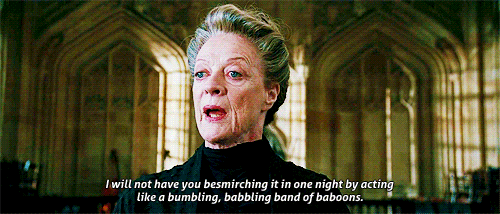
What: The eastern emerald elysia may look like a leaf and act like a leaf, but it's still just a solar-powered sea slug (and secretly a thief!).

Who: Biologist, Patrick Krug claims the eastern emerald elysia is: “Basically your typical L.A. celebrity... It’s unique; it’s controversial; it’s elusive; it never eats..."(,National Geographic)

When: In the 1970's scientists first discovered that the eastern emerald elysia steals chloroplast directly from algae; and that chloroplast ends up in the eastern emerald elysia's digestive cells.
[image error]Where: The home environment of the eastern emerald elysia encompasses the entire east coast of the United States.
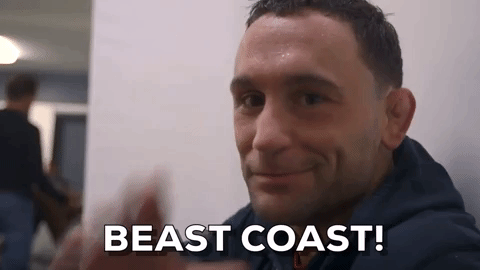
How: How is the eastern emerald elysia powered by the sun? After it steals those chloroplasts, the eastern emerald elysia puts them to work by tapping into their ability to photosynthesize the Sun's rays into energy and then getting all of its energy from the Sun.

Why: Why is it important to get excited about and learn more about the eastern emerald elysia? Apparently, not many people are left studying them! According to the National Geographic: "...the small number of experts who studied them [eastern emerald elysia] have mostly retired or have moved on to other areas."

Huh: It's one thing to steal the chloroplast from an entirely different Domain of organisms, it's an entirely other thing to get them to function to photosynthesize properly inside their new host. Pretty mind-blowing when you think about it; it would be a bit like you taking a branch from a tree and then using it as an arm.
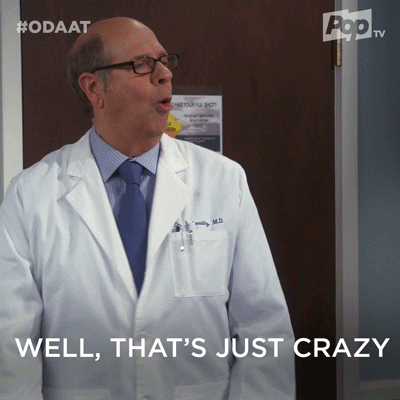
Wow!: What if humans aren't the only organisms into biomimicry for innovation and survival? It turns out the eastern emerald elysia, although an animal, does whatever it can to be like a plant. What other organisms can you think of--and learn from--that like to act like they're something they're "not"?

Thanks for getting curious about animal abilities and adaptations with the Butt-Breathing Turtle. Keep getting curious about animals with ,The Screaming Hairy Armadillo and it's free ,Educator's Guide !

Thank you for your curiosity, stay curious, and let your curiosity lead your learning with more Curiosity-Based Learning content and activities from What If Curiosity!
*Cover Image Source. © Patrick J. Krug, Creative Commons CC BY-NC 3.0 license, via Wikimedia Commons
June 11, 2021
What If Money Grew Out of Volcanoes?
Suddenly spunky, El Salvador recently voted to make Bitcoin legal tender, but what if, instead of going to the Moon, they're heading the other direction?
What: El Salvador is going to use geothermal energy spewing from its volcanoes to power Bitcoin mining to help facilitate its use as legal tender.
Who: Donald Trump and Elizabeth Warren may not like Bitcoin, but El Salvadoran President Nayib Bukele, adores Bitcoin so much, he's using to shape the future of his country.
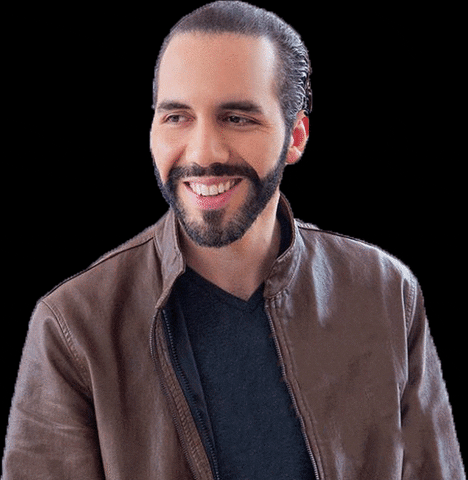
When: June 9, 2021 El Salvador voted to make Bitcoin legal tender; El Salvadoran volcanoes been doing their thing for thousands of years, it's only recently humans have been thinking about how to collaborate.
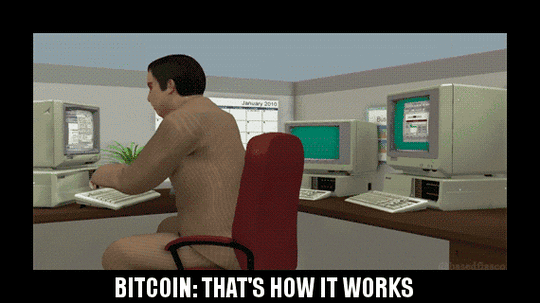
Where: El Salvador has ,over 20 volcanoes to choose from to harness energy from to power their Bitcoin mining operations.

How: What if geothermal energy generated from volcanoes can power much more than Bitcoin ming? Find out how some scientist have been trying for a few years now in the article,"Supercharged geothermal energy could power the planet" from the New Scientist.
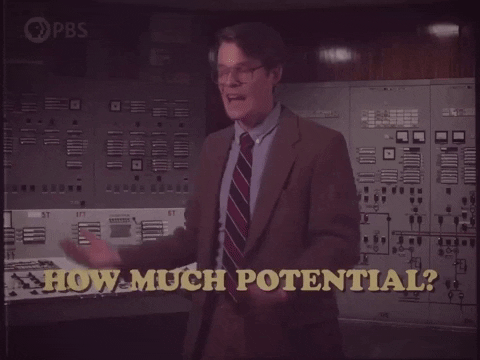
Why: Why El Salvador? Why not?! Actually, much credit must be given to the visionary new President Nayib Bukele who is not only innovative in his thinking, but convincing in how he communicates in getting others to adopt new ideas and behaviors.
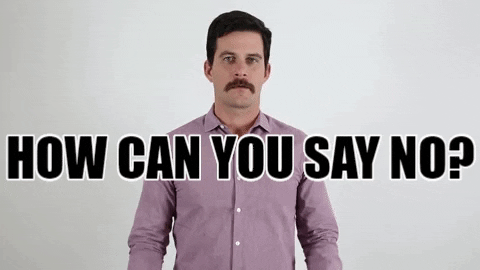
Huh?: Before Bitcoin, the only legal tender in El Salvador with the U.S. Dollar.

Wow!: What if the vision of President Nayib Bukele goes beyond the geothermal; it's socioeconomic: a purpose of the move to make Bitcoin legal tender is to solve to problem of around 70% El Salvadorans not having access to "traditional financial services."
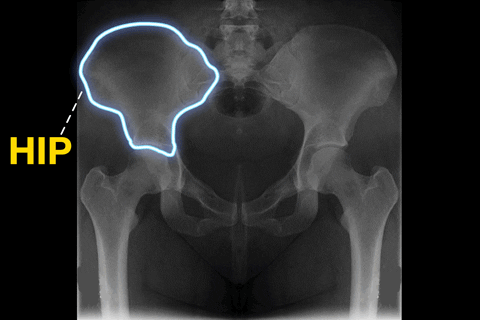
Makes you wonder: how do you think blockchain technology, cryptocurrency, or volcanoes can improve access or provide power to your work, community, or future? Stay curious!

Want to stay curious? What if you feed your curiosity and the Corporation of Tomorrow!


Thank you for your curiosity and stay curious with more Curiosity-Based Learning content and activities from What If Curiosity!
June 9, 2021
What If You Had a Methodology to Solve Any Problem?
Get curious about innovative methodologies with Adolfo Espíritu as he applies his curiosities about methodologies in the second part in a series on methodologies, curiosity, and more for the Corporation of Tomorrow.
What does an executive have in common with a lawyer, engineer, physicist, artist, or any other profession that you can think of? They all solve problems because their degrees respond to specific needs (we need lawyers to have order in society, engineers to improve industrial procedures, managers to operate businesses, economists to effectively assign resources, actors to entertain us).
Schools aim to prepare persons for them to develop skills to approach certain sets of unsolved problems though the tools they acquired during their studies. How they approach the problem is a similar story. First, they need to understand the system from which the problem arises (how does the court, business, entertainment, and nature operate), so by understanding the rules one can identify why he or she has a problem (its causes and consequences), go deeper into the essence of the problem, and under which context it is considered a problem. Next, they learn how to represent their problems, which can be modeled, drawn, or represented by visual means for example.
By understanding the root cause and the essence of a problem, it is easier to choose an approach which bests suits the problem and test it. By making experiments, we learn and gain deeper understanding of the problem, so for each iteration which outcome is different from the rest means that you are getting closer to the solution and generating new knowledge which can be used for other problems.
In a nutshell, when solving problems, we follow these simple steps:
Understand the problem Choose an approach Test your solutionEach profession has its own methodologies for following these steps; however, questioning is the base for generating the solution because it helps you to understand the problem, choose an approach and design experiments. Want to develop your own approaches? Stay tuned for the next entry.

Adolfo Arana Espíritu Santo is a student at the Monterrey Institute of Technology & Higher Learning and loves getting curious about, Math, Physics, and Quantum Computers.
We'll be exploring questions like these live with curious people from all over the world to connect and collaborate in building the Corporation of Tomorrow (along with the School of Tomorrow), today!
Want to stay curious? What if you feed your curiosity and the Corporation of Tomorrow!


Thank you for your curiosity and stay curious with more Curiosity-Based Learning content and activities from What If Curiosity!
June 7, 2021
What If the Bar-Tailed Godwit Can Fly Farther Than Any Bird?!
The bar-tailed godwit might be able to breath without its butt, but boy can it fly without stopping!
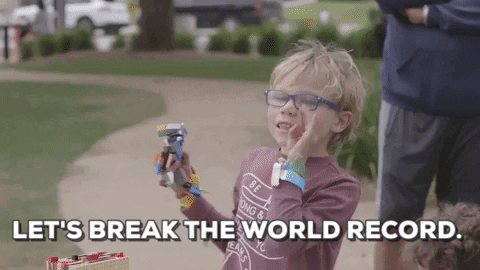
What: With a flight of 7,500 miles (12,070 km)he bar-tailed godwit holds the world record for nonstop avian migration!
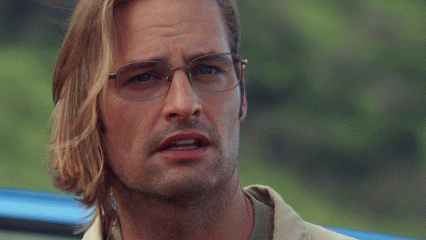
Who: Since it's doubtful the bar-tailed godwit would have self-reported it's world record, the team of scientist at the Global Flyway Network recorded the feat.
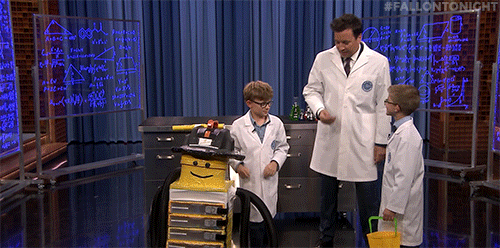
When: When does the bar-tailed godwit take flight? Whenever summer is over: the bar-tailed godwit leaves its half-time home in Alaska at the end of its long summer to head to its other home in New Zealand on the underside of the Earth; then, the bar-tailed godwit returns when the New Zealand summer starts to set.
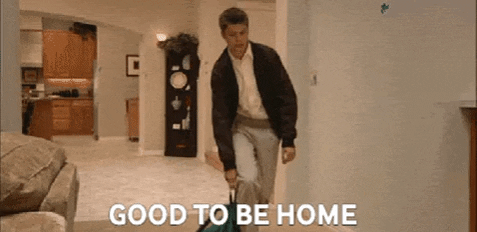
Where: The bar-tailed godwits fly back and forth from Alaska to New Zealand on a regular basis.
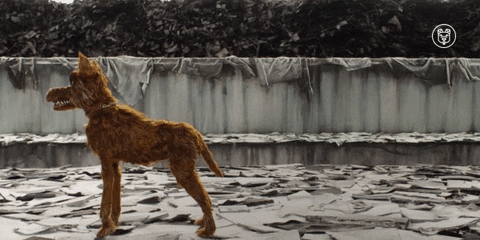
How: How fast does the bar-tailed godwit fly during its massive migration? Up to 55 miles per hour!

Why: Why does the bar-tailed godwit take flight? The bar-tailed godwit loves summer so much, it's willing to fly thousands of miles to stay there, so whenever winter is coming, the bar-tailed godwit hightails it out of one, globally extreme location to another.
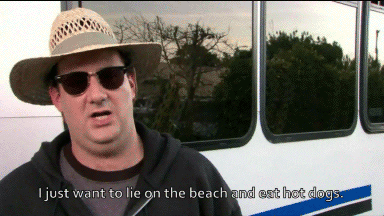
Huh?: Wait, how can a bird fly for 11 days without sleeping or stopping?
“They have an incredibly efficient fuel-to-energy rate,” Jesse Conklin, a scientist with the Global Flyway Network, tells The Guardian. “They are designed like a jet fighter. [They have] long, pointed wings and a really sleek design, which gives them a lot of aerodynamic potential.” Smithsonian Magazine
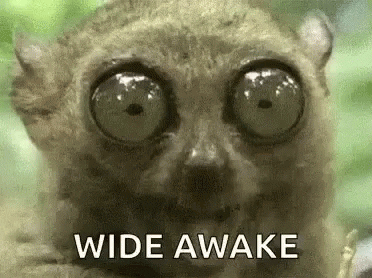
Wow!: What if the bar-tailed godwit's ability to fly incredible distances isn't even its most remarkable ability?! In order to prepare for its nonstop flight, the bar-tailed godwit has adapted the ability to shrink some of its organs as it doubles its weight--mainly in fat--to provide fuel for its flight!
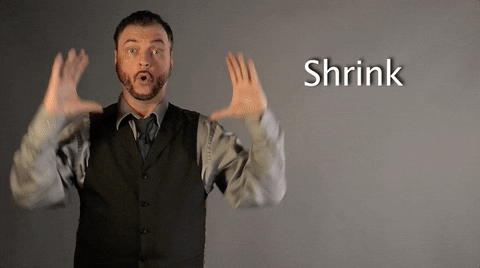
Thanks for getting curious about animal abilities and adaptations with the Butt-Breathing Turtle. Keep getting curious about animals with ,The Screaming Hairy Armadillo and it's free ,Educator's Guide !


Thank you for your curiosity, stay curious, and let your curiosity lead your learning with more Curiosity-Based Learning content and activities from What If Curiosity!



